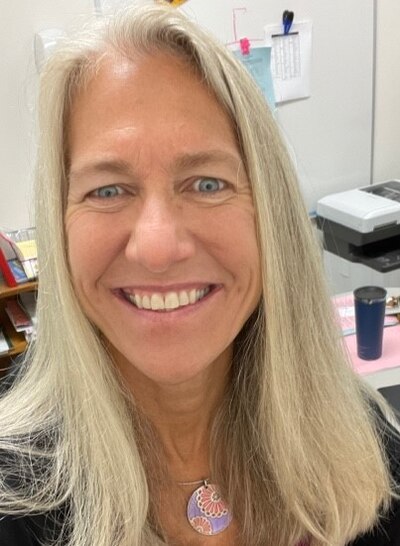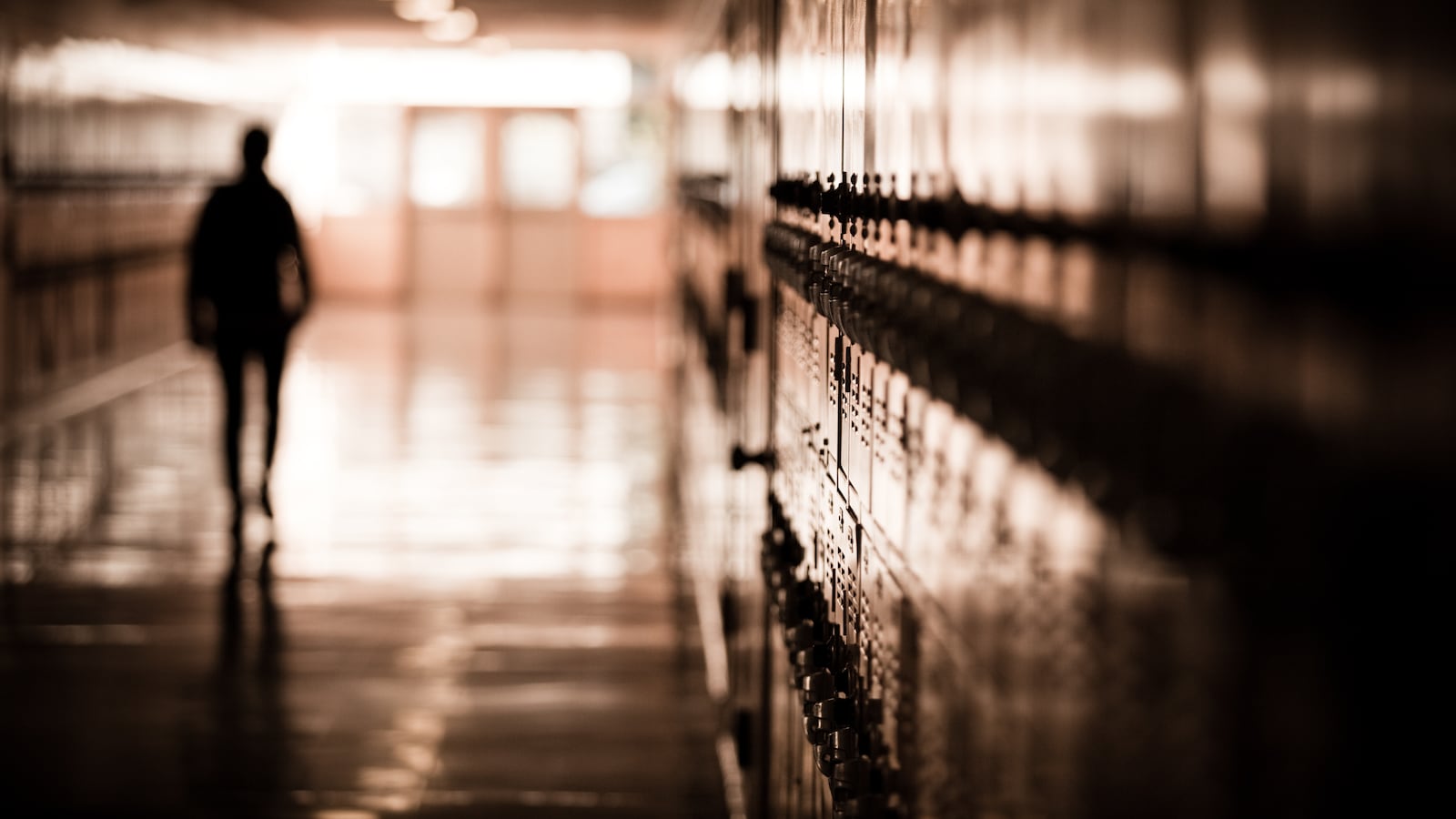At the beginning of this school year, the Maryland school district where I teach imposed a new regulation: All classroom doors are to be locked when students are in the building. Of course, we’ve had exterior doors locked and a strict visitor check-in policy for most of the 20-plus years I’ve been teaching at this high school.
The new mandate grew out of the recommendations of the Sandy Hook Advisory Commission, which reported, “There has never been an event in which an active shooter breached a locked classroom door.” I’m all for protecting our students and staff and am well-versed in the debates over locking mechanisms and who should be deputized to open a locked door when someone knocks. But I’d be lying if I said I wasn’t concerned about the policy’s effect on our school culture.

We’re well into the school year now, and teachers areteaching, students are engaged, and classrooms are full of lively activity. But the hallways are now wonderful places for teenagers to disengage, stare at their phones, or roam around unnoticed. Exactly what we have been working so hard to combat in our post-pandemic school communities. Classroom activities and discussions that used to filter into the hallways and even draw passersby into them, now seem to exist within their own bubbles, and the overall feeling of community has decreased dramatically.
It’s easy to blame attendance policies or school administrators for not disciplining students when they skip class. But the blame game or heavier disciplinary consequences don’t really address the culture of isolation that we are now getting used to. As teachers, we see that students are more withdrawn when we deliver our lessons only on screens or otherwise overuse technology. Now, we’ve created a physical environment that also separates and isolates young people.
Until this year, students in my English classes would use the hallway as a practice and staging area when rehearsing their assigned scenes from “Macbeth” or “Antigone.” On performance day, they would grandly enter the classroom in their ridiculous paper crowns, fake beards, and other items from the prop box.
And I miss hearing students in the physics class across the hall propel race cars down the corridor or stretch giant springs and measure the force or torque or whatever it is they used to do out there. The French class students who would sit on the floor in small groups, spreading out into the hallway so they could work on conversational skills, are also gone now.
Open classroom doors fostered inclusion and unity within our diverse high school.
I miss hearing students in the physics class across the hall propel race cars down the corridor.
By locking our school’s interior doors, are we overreacting to the dangerous world around us? I think we probably are. I’m afraid that we’re also unwittingly contributing to the pervasive decline in interpersonal skills among our teenagers. We didn’t really understand the emotional and social damage caused by moving schools online for an extended period of time until we returned to in-person learning. In a similar way, I fear that our attempts to keep students safe by creating a lockdown atmosphere in schools every day is also damaging the social and emotional growth of many students.
Is the solution to be carefree and ignore the lessons of the tragic events that have occurred and continue to bring us to tears each time they happen? No. But we do need to react with a measured response. We haven’t stopped going to malls, restaurants, or concerts because fatal shootings have happened in those places. We continue to engage with each other because we need places that bring us together and create community; our students need that even more than we do.
Jamey Melcher is currently a Work Based Learning Coordinator and a former English teacher for Frederick County Public Schools in Maryland. She has been teaching and learning from her high school students for 26 years.



